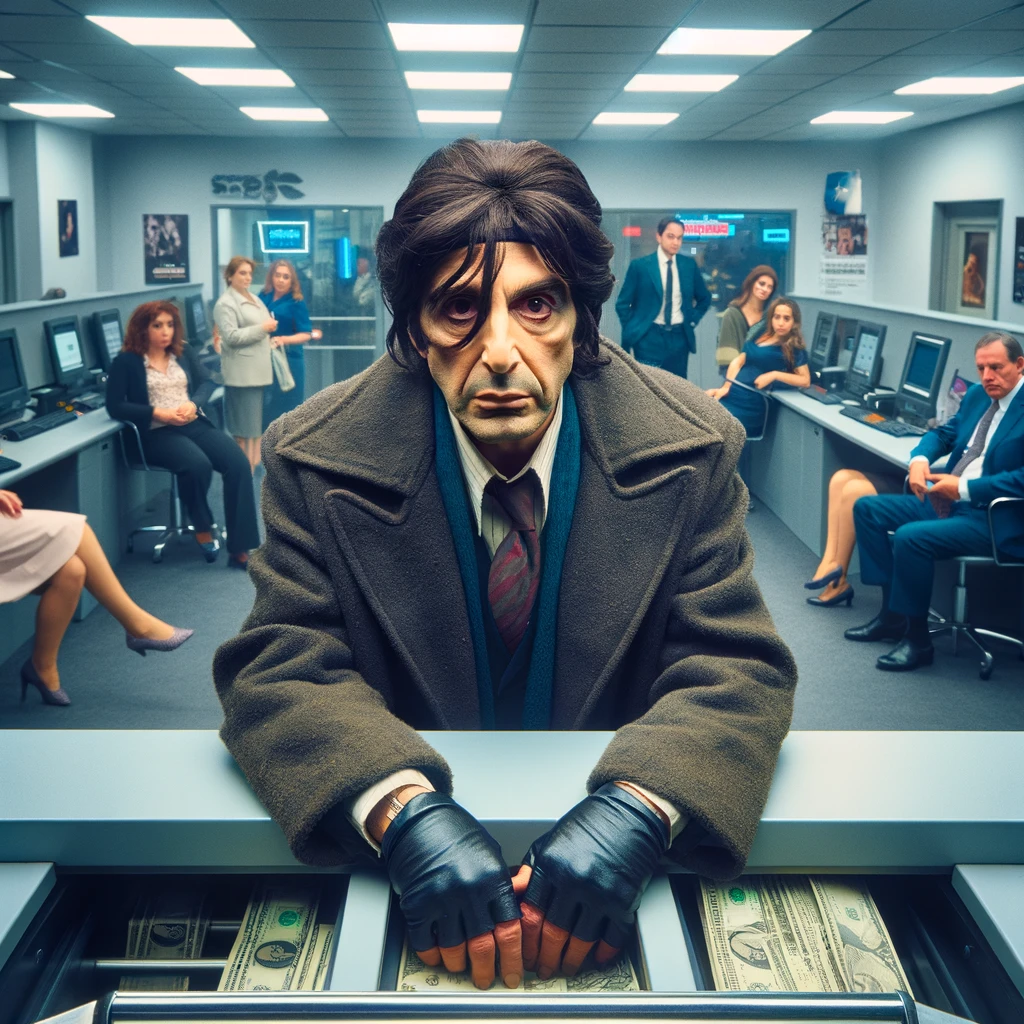As a professional composer and lifelong musician, I’ve always been drawn to the unique and influential artists writers and arrangers in the world of music. In this article, I want to share with you why Steely Dan’s 1976 track ‘Don’t Take Me Alive’ from their album ‘The Royal Scam’ has left a profound impact on me. This isn’t just for musicians, but for all music lovers who wish to dive deeper into the intricacies of a classic. I’ll guide you through the nuances of this track, pointing out what to listen for and explaining why it stands out in the realm of music. My goal is to provide you with a clearer understanding and appreciation of ‘Don’t Take Me Alive’, unraveling the layers that make it a masterpiece recording, and a reference track for inspiration.
Establishing the focus, intent, mood, and lyrics of “Don’t Take Me Alive” is crucial to understanding its back story.
It’s very possible though not proven, that “Dog Day Afternoon.” released a year earlier in 1975, a must see classic film directed by Sidney Lumet starring Al Pacino. In the movie, Al Pacino’s character attempts a bank robbery that leads to a tense standoff with law enforcement. The themes of desperation and criminality in the film do share some similarities with the narrative in “Don’t Take Me Alive” by Steely Dan.
While there’s no direct confirmation of inspiration, it’s possible that the song’s lyricists drew on similar themes or emotions for their storytelling. It’s an interesting connection to explore, highlighting the cinematic influences and “coincidental storytelling elements in the song.
(Verse 1)
Agents of the law
Luckless pedestrian
I know you're out there
With rage in your eyes and your megaphones
Saying all is forgiven
Mad dog surrender
How can I answer
A man of my mind can do anything
[Chorus]
I'm a bookkeeper's son
I don't want to shoot no one
Well I crossed my old man back in Oregon
Don't take me alive
(Chorus 2)
Got a case of dynamite
I could hold out here all night
Yes I crossed my old man back in Oregon
Don't take me alive
[Verse 2]
Can you hear the evil crowd
The lies and the laughter
I hear my inside
The mechanized hum of another world
Where no sun is shining
No red light flashing
Here in this darkness
I know what I've done
I know all at once who I am
“Don’t Take Me Alive” by Steely Dan was recorded during the sessions for their 1976 album “The Royal Scam.”
The recording took place at various studios, including Village Recorders in Los Angeles and Capitol Studios in New York City.
The musicians who played on this track included Donald Fagen (vocals and keyboards), Walter Becker (guitar), and Bernard “Pretty” Purdie (drums) rather than Steve Gadd.
The specific mixing and mastering engineers for this track were often handled by Roger Nichols, a frequent collaborator with Steely Dan during that period, and mixed and mastered on both SSL or a NEVE consoles.
Reflecting on “Don’t Take Me Alive” by Steely Dan, as a jazz musician and trumpet/flugelhorn player, I’ve noticed some noteworthy elements. I’m particularly knocked out by the chorus. This track has no horns, contrasting many of Steely Dan’s later works that prominently feature horn sections. This highlights the band’s versatile approach to arranging. Additionally, the way Donald handles the background vocals is striking.
His vocal harmonies create an ensemble effect, reminiscent of how one might voice strings or even a horn section, adding a rich, layered texture to the track. His multifaceted vocal talents contribute significantly to the song’s depth, quality, and harmonization of the chorus. The hook, the harmony with the perfect lyric, doesn’t come around that often. I could listen to it a hundred times and never get tired of it. I think I’m on number 88?
There were countless stories among knowledgeable musicians during that period, that consistently highlighted Fagen’s meticulous approach to recording. He was known for repeatedly recording the same parts, striving for perfection.
Speaking from experience, this method can risk making the tracks sound “stiff” in the studio, where they become so polished that they lose their soul and might even come across as pretentious. However, Donald deserves commendation for his process. Somehow, he managed to make each final take sound fresh and inspired, as if it were a first take – they rarely toured or appeared live during this time as well.
I was surprised during my research to learn that Bernard Purdie played drums on this track, as I initially thought it was Steve Gadd. I had the pleasure of meeting Bernard in the mid-80s. We exchanged contact information, and he expressed his willingness to collaborate on any session. Unfortunately, the opportunity never materialized, but I can attest first-hand to the fact that there isn’t a kinder, more humble man than Bernard Purdie. This man is a legend, contributing to hundreds of recordings and top ten hits worldwide. His warm and affable nature explains why he was always a first-call A-lister in the music industry.
Here’s to your growing a pair of “Big Ears”


